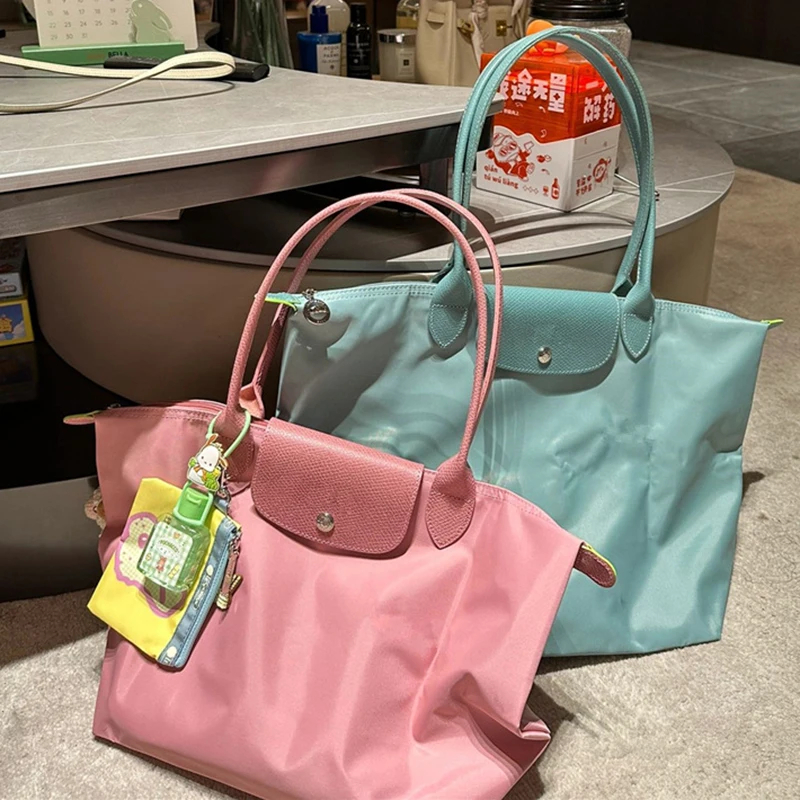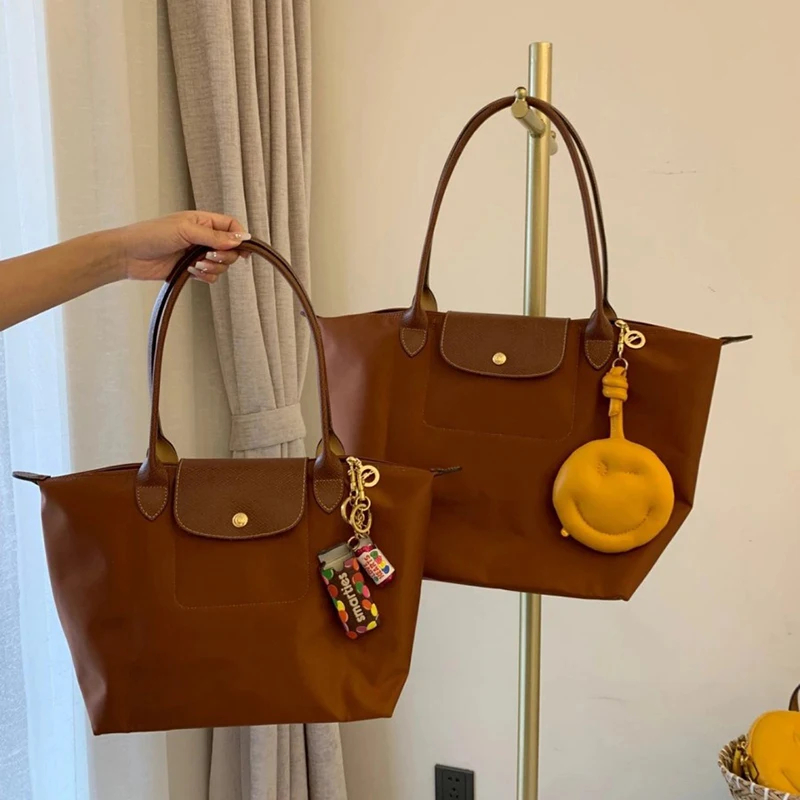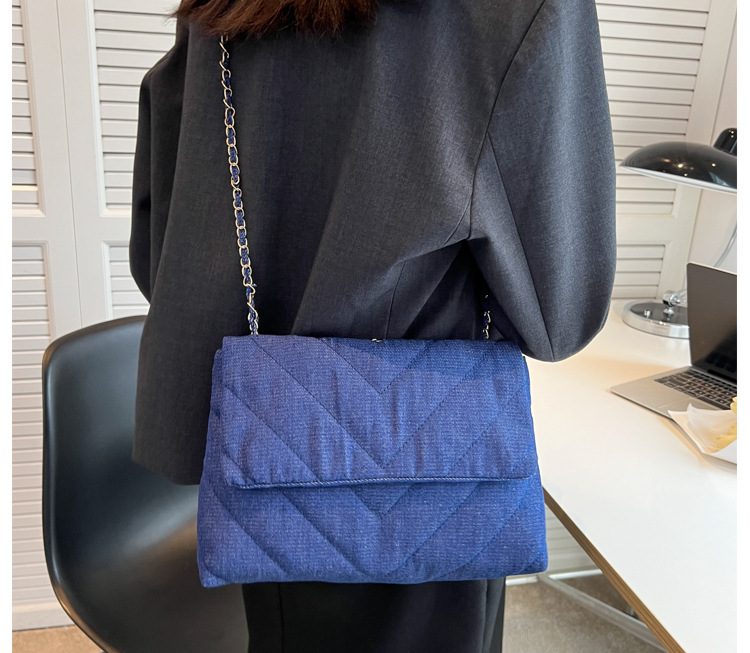Dumplings have been a beloved culinary delight for centuries, enjoyed by people all around the world. While the focus is often on the delicious fillings and flavors within the dumplings themselves, the art of the dumpling bag is an equally important aspect of this culinary tradition. From traditional handmade bags to modern innovations, the dumpling bag plays a crucial role in shaping the dumpling’s appearance, texture, and overall dining experience.

The History of Dumpling Bags
Historically, dumpling bags were crafted out of natural materials such as bamboo leaves, lotus leaves, or even cloth. These materials not only served a practical purpose in holding the dumpling together during cooking but also imparted a unique flavor and aroma to the dumpling itself. The use of these natural materials reflected the close connection between food and nature in traditional culinary practices.
Evolution of Dumpling Bag Designs
As culinary techniques advanced and globalization spread, the design of dumpling bags evolved to meet changing needs and preferences. Today, dumpling bags come in a variety of shapes, sizes, and materials, catering to different types of dumplings and cooking methods. From delicate steamed dumplings wrapped in thin, translucent skins to robust pan-fried dumplings encased in sturdy, pleated bags, the diversity of dumpling bag designs reflects the creativity and innovation of chefs and cooks worldwide.
Traditional Dumpling Bag Making Techniques
Handmade dumpling bags are a hallmark of traditional culinary craftsmanship, requiring skill, patience, and attention to detail. In many cultures, the art of dumpling bag making is passed down from generation to generation, with each family developing its unique style and technique. Whether it’s the intricate folds of a Chinese dumpling bag or the rustic charm of a European pierogi pouch, handmade dumpling bags add a personal touch to the dining experience and showcase the artisanal skills of the cook.

Modern Innovations in Dumpling Bag Technology
In recent years, modern innovations in food technology have revolutionized the way dumpling bags are made and used. From the introduction of convenient pre-made dumpling wrappers to the rise of automated dumpling bag machines, these advancements have made dumpling-making more accessible and efficient than ever before. While some purists may argue that handcrafted dumpling bags hold a special charm, the convenience and consistency offered by modern technologies have undoubtedly expanded the reach of dumplings to a broader audience.
The Role of Dumpling Bags in Culinary Culture
Beyond their practical function, dumpling bags play a significant role in culinary culture, serving as a symbol of community, tradition, and celebration. In many cultures, the act of making dumplings together is a social event, bringing families and friends closer through the shared experience of crafting and enjoying these delicious morsels. The ritual of folding dumpling bags can be a form of artistic expression, with each chef putting their unique stamp on the final product.
Dumpling Bags Around the World
While dumplings are a ubiquitous dish found in many cuisines, each culture puts its spin on the dumpling bag, reflecting local tastes, ingredients, and cooking methods. From the delicate xiao long bao of Shanghai, with their intricately pleated bags, to the hearty pierogi of Poland, sealed with a simple pinch, dumpling bags come in all shapes and sizes. Exploring the diversity of dumpling bags around the world offers a glimpse into the rich tapestry of global culinary traditions and the universal appeal of dumplings as a comfort food.

Preserving the Art of Dumpling Bags
As culinary landscapes continue to evolve, it is essential to preserve the art of dumpling bags and uphold the traditions that have been passed down through generations. By embracing both traditional techniques and modern innovations, we can ensure that the craft of dumpling bag making remains vibrant and relevant in today’s culinary world. Whether you’re a seasoned chef or an enthusiastic home cook, taking the time to master the art of dumpling bags can deepen your appreciation for this beloved dish and connect you to a global community of dumpling lovers.
The Artistry of Dumpling Bag Presentation
In addition to their functional role, dumpling bags also serve as a canvas for artistic expression and presentation. Chefs often use decorative techniques such as intricate folds, colorful patterns, and creative shapes to elevate the visual appeal of dumplings. Whether it’s a beautifully pleated xiao long bao or a delicately crimped empanada, the artistry of dumpling bag presentation adds an element of beauty and sophistication to the dining experience.
Fusion and Innovation in Dumpling Bags
As culinary boundaries blur and fusion cuisine gains popularity, chefs are experimenting with new flavors, ingredients, and techniques in dumpling-making. This spirit of innovation extends to the design of dumpling bags, with chefs blending traditional styles with modern influences to create unique and exciting dumpling creations. From kimchi-filled dumplings wrapped in seaweed to dessert dumplings encased in chocolate-infused skins, the possibilities for inventive dumpling bags are endless.

Cultural Significance of Dumpling Bags
Dumplings hold a special place in the culinary traditions of many cultures, symbolizing prosperity, togetherness, and good fortune. The act of making and sharing dumplings is often associated with festive occasions such as Lunar New Year, weddings, and family gatherings. Dumpling bags, with their symbolic importance and aesthetic appeal, play a vital role in these cultural celebrations, embodying the values of unity, generosity, and tradition.
The Future of Dumpling Bags
Looking ahead, the future of dumpling bags is ripe with possibilities for innovation, creativity, and sustainability. As chefs continue to push the boundaries of flavor and presentation, we can expect to see even more diverse and inventive dumpling bag designs emerging on the culinary scene. By embracing new technologies, honoring tradition, and prioritizing sustainability, we can ensure that the art of dumpling bags remains a vibrant and cherished aspect of global culinary culture for years to come.
Embracing the Art of Dumpling Bags
Whether you’re a seasoned chef, a culinary enthusiast, or simply someone who enjoys a good dumpling now and then, taking the time to appreciate the art of dumpling bags can deepen your connection to this beloved dish and the rich culinary traditions it represents. By learning about the history, techniques, and cultural significance of dumpling bags, you can gain a greater appreciation for the craftsmanship and artistry that goes into creating these delectable parcels of joy. So next time you sit down to enjoy a plate of dumplings, take a moment to admire the humble dumpling bag and all the skill, creativity, and love that went into making it.

In conclusion, the humble dumpling bag may seem like a simple wrapping for a delicious filling, but its significance goes far beyond mere function. From its historical roots to its modern adaptations, the dumpling bag embodies the artistry, craftsmanship, and cultural richness of the culinary world. By understanding and celebrating the art of dumpling bags, we can honor the traditions of the past while embracing the innovations of the future, ensuring that this timeless culinary tradition continues to delight taste buds and bring people together for generations to come.


